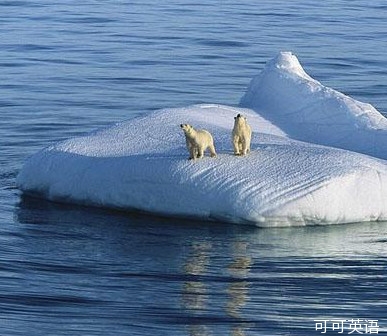The recent American Geophysical Union's annual meeting featured a talk that presented computer simulations of planetary futures if human activity continued on its present course. Such meetings are generally staid affairs. But the findings motivated this scientist to title his presentation "Is Earth F**ked?"
近期美國地球物理聯合會召開了年度會議,會議主要圍繞如果人類繼續現在活動,計算機模擬的星球將呈現什么樣的未來展開討論。這樣的會議通常是比較嚴肅的事件。但計算機模擬結果促使科學家將這次演示稱為“Is Earth F**ked?”。
Meanwhile, halfway around the globe in Doha, climate change negotiators continued to fiddle with treaty text as the planet gradually burns. While the negotiators may save the Kyoto Protocol to combat climate change as a stopgap until a new international treaty is negotiated in 2015, none of it is likely to be anywhere near enough.

與此同時,為控制氣候變暖,在地球另一頭的多哈,氣候大會協商者們仍在繼續擺弄著條約草稿。作為權宜之計,協商者們可能會保留《京都議定書》的條款以對抗氣候變化直至2015年達成新的國際性條約,但這些條約遠遠不能充分發揮作用。
Emissions continue to rise ever faster, making it unlikely that average temperature increases will fall below 2 degrees Celsius, the avowed target. Instead, the world is on course for at least 4 degrees C of warming. Already, with slightly less than 1 degree C of warming, places like the Arctic have become unrecognizable.
公開宣布的目標是平均氣溫上升幅度低于2攝氏度,但溫室氣體排放速度仍持續上升,這使得這個目標成為天方夜譚。相反,地球平均氣溫上升幅度至少為4攝氏度。雖然平均氣溫上升幅度還不到一攝氏度,但北極這樣的地區已經變得面目全非了。
In other words, the predictions that scientists made way back in 1990 have been spot on as far as temperature changes go. Let's hope the present failure to take action against climate change doesn't make today's dire predictions hopelessly optimistic.
換句話說,早在1990年科學家們就預測了溫度變化會怎樣破壞環境。讓我們祈禱今日對付氣候變暖的行動失敗不會讓今日的可怕預測變成事實。












